Winter's in full swing and after a glorious sunny week the rain is back.
It's perfect weather for the star of this season, the camellia, in full bloom and looking magnificent.
It's all about camellias on the Garden Clinic this weekend. Our dear friends at Camellia Grove Nursery tell us that many of their camellias varieties are
at peak flowering right now, so it's well worth the drive to Glenorie to see for yourself.
We'll be giving away a miniature camellia to everyone
who joins the Garden Clinic at Platinum level this weekend, thanks to Camellia Grove. Never seen a miniature camellia flower? check out Linda's latest blog.
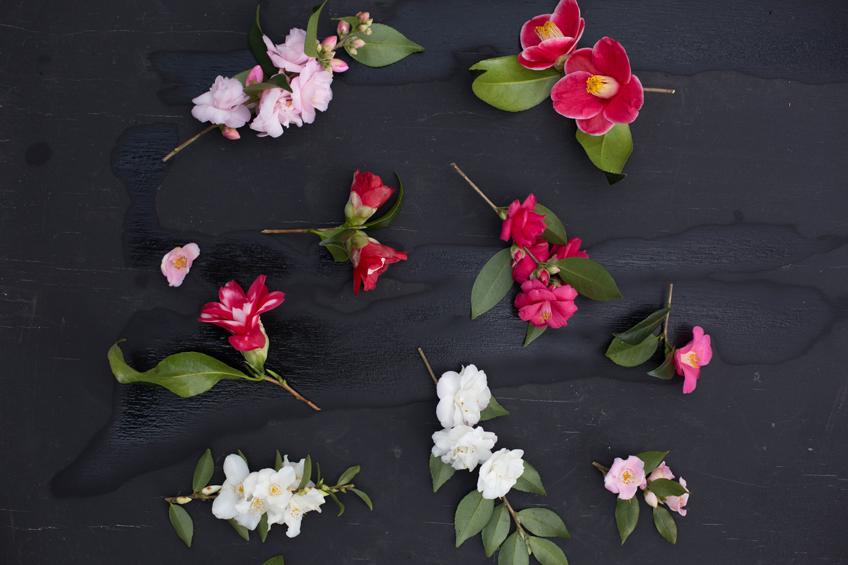
Miniature camellia flowers. Photo - Hannah MacCowatt
It's time to: June
After a rampant growing season, early winter offers an opportunity to restore a little order. Sharpen those secateurs!
In every garden
Trim and shape frost hardy hedges
Repairing or building brick or stonework, paths and steps are jobs for the cooler weather. Plan your attack and dive in over the next few months.
Water in the morning so that soil can drain during the day rather than becoming become cold and soggy over night.
In the mountains and down south
Prepare for frosts from now until early September. On evenings when frost is suspected, cover frost sensitive plants with sheets or hessian or move to
shelter if potted. Frost damage looks like burnt foliage and is best left on the plant until early spring to protect the undamaged growth below it.
Sydney gardens
Prune hydrangeas, wisteria and ornamental grapes.
Choose disease-resistant varieties of bare-rooted roses for planting.
Reduce root rot and waterlogging by adding organic matter and gypsum to heavy soils.
Up north
Last chance to divide perennials such as clivia or agapanthus.
Prune fruit trees to a manageable size.
When you have 1 hour
Prune the roses. Using sharp secateurs, a pruning saw, long leather gloves and caution, cut out all dead and diseased and grey wood as well as anything
narrower than a pencil. Remove crossing branches and under stock shoots too. Aim for an open, vase-like shape. Prune to above an outward-facing bud.
Follow-up with slow-release fertiliser or a cow manure mulch.
Want more winter jobs to do in your garden? check out more here, It's Time To: June
Bush Garden
Australian Baeckea virgata
Strange to see native plants used in a formal setting. A great alternative to diosma, (Coleonema) or Box (Buxus) is the native Australian Baeckea virgata.
It has small leaves, compact growth and in Spring is smothered with white flowers.
It's easy kept into a dense low hedge with light trimming once or twice a year.
Preferring well drained gravelly sandy soil for long life.
When researching notes for this entry we discovered that for the last twenty years botanists have been having a field day with this genus of shrubs, so
much so that now the once large group of Baeckea have been divided into several other genera including related species from eastern Australia, New
Caledonia and Malesia including Ochrosperma, Triplarina, Babingtonia, Baeckea and Euryomyrtus. All very confusing for gardeners but
luckily most nurseries and plant labels will be very slow to recognise the changes.
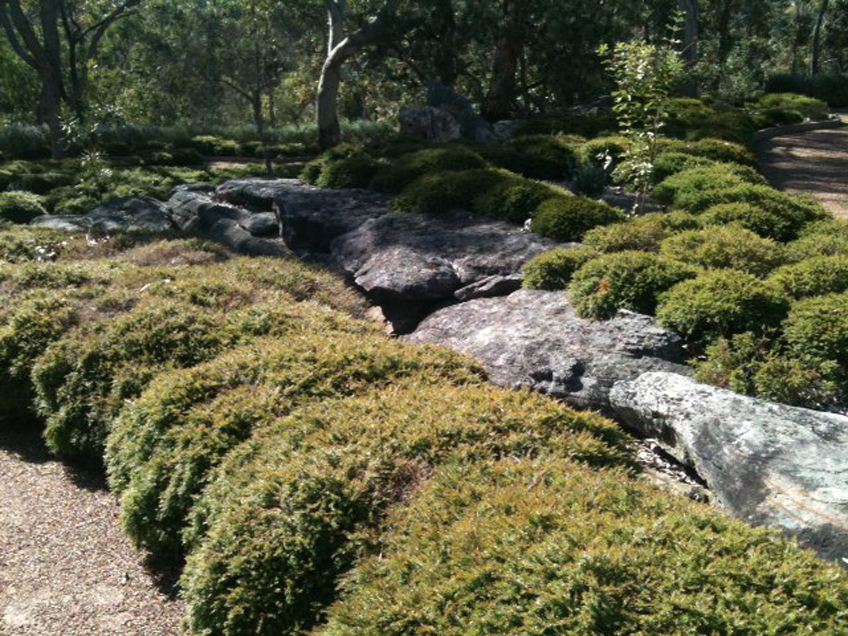
Native Australian Baeckea hedges beautifully. Photo - Graham Ross
Bugwatch
Calendulas don’t have to suffer mildew or rust.
Calendulas originate from Asia, Europe and the Mediterranean regions and were used by ancient Greeks and Romans for their medicinal, herbal and culinary
uses.
They were one of the original herbs hence its species name of C. officinalis, or official herb.
The flowers are edible and used in salads and fresh dishes.
A yellow dye, used to colour cloth and cheese has been extracted from the blooms.
The flowers have been used in religious rituals in India, Italy and Greece for centuries.
Calendulas are a popular annual in the garden throughout the year but especially so in the cooler months.
When the weather is humid, warm and moist they can suffer from powdery mildew and rust.
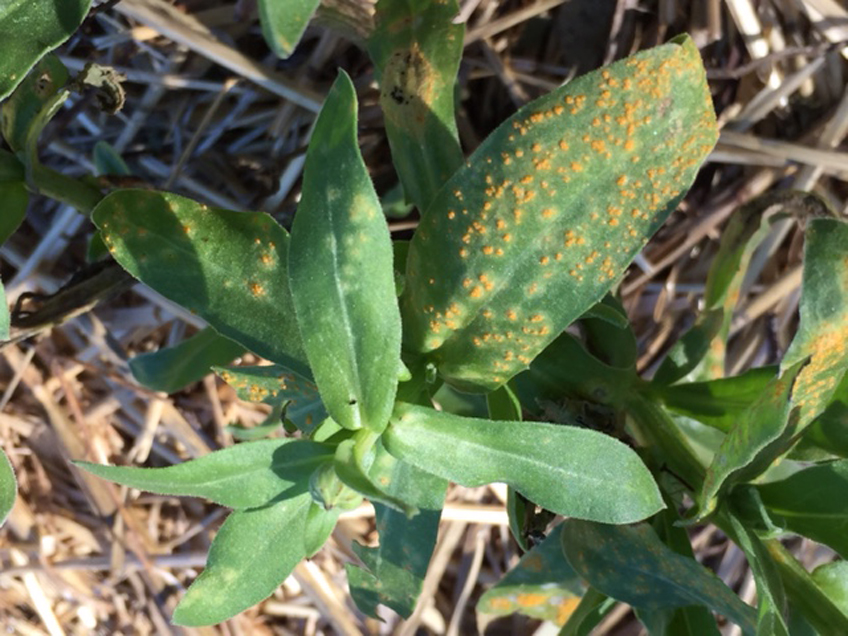
Calendula rust. Photo - Graham Ross
To ward off disease attack keep your plants well fed and growing strongly.
To stop any diseases from arriving we have found watering them weekly with a seaweed solution or an organic tonic such as Harvest, Charlie Carp, Nitrosol
or similar deters the disease.
Spraying with a horticultural oil such as PestOil, EcoOil, or Econeem early in the season
or when the diseases appear will either prevent them from appearing but also stop them in their tracks quickly if they do arrive. By combining Eco- fungicide to the oil sprays increases their effectiveness.
The disease on this image is calendula rust also quickly controlled by the above measures.
In the Veggie Patch
Buddha’s hand
I first saw a tree with Buddha’s hand fruit in a temple in China in 1982. It was as big a surprise then as it was to see another one in a friends garden
this week.
It has no juice or citrus flesh, the ‘fingers’ are filled with pith or pulp and it would seem to have no practical use until you delve a little further
into Asian culture.
It didn’t take long back in 1982 to view Buddha’s hand fruit as offerings to Buddha in temples across China. It has always had significant religious importance
where it is a symbol of happiness, longevity and good fortune. It is also a traditional temple offering during New Year’s celebrations.
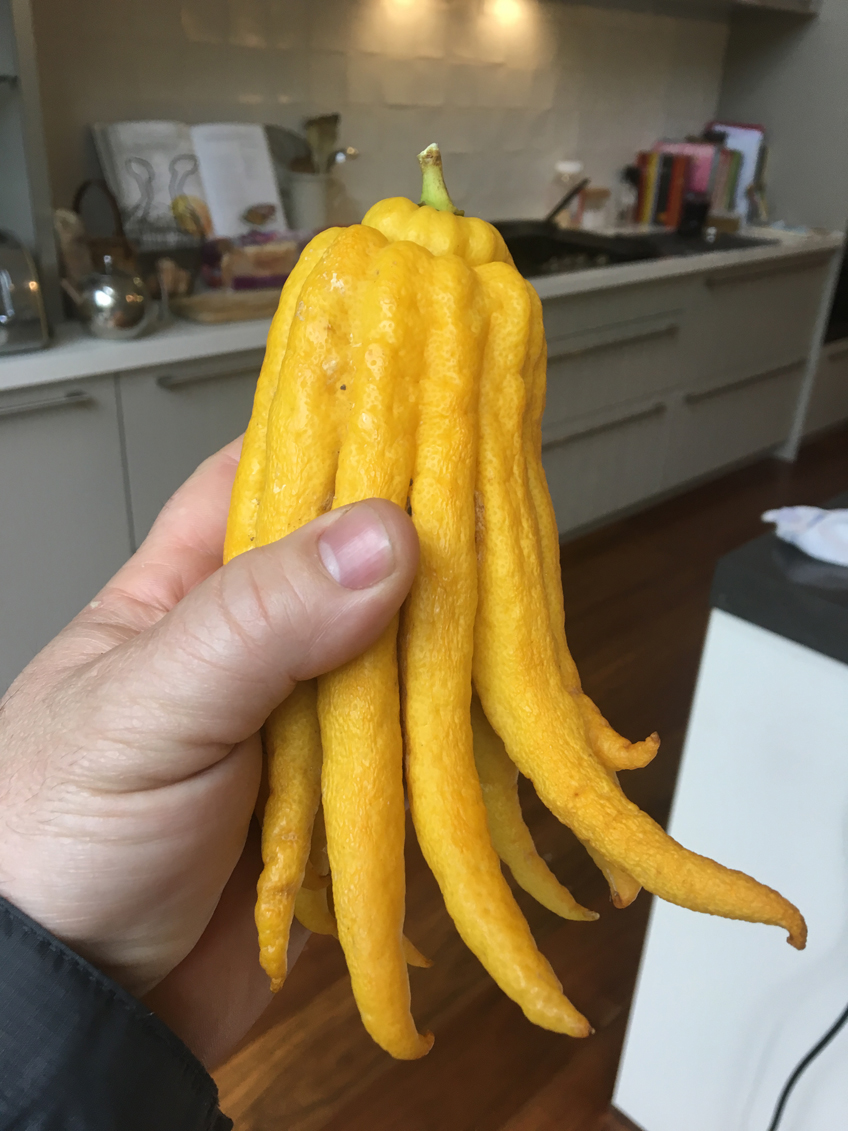
Yes, it's a real lemon! no photoshop.
The fruit is a legitimate citrus species named Citrus medica var. sarcodactylis.
There are several different forms of the fruit with some having the ‘fingers’ closed in the form of the hands in prayer.
Buddha’s hand originated in India or China where it is still cultivated for the purposes mentioned above.
Over the years I have seen it also in Buddhist temples across Japan and in homes where it is used for its fruit fragrance to perfume rooms, cupboards and
clothing drawers.
It is easy to grow in the garden or a large, half barrel-sized tub, and is very ornamental if not somewhat unusual.
I was recently told that the skin makes excellent zest for cooking cakes, flavouring dishes including deserts, drinks, and ‘Lemon Chicken’.
Like most citrus it prefers a warm or cool temperate growing conditions frost free.
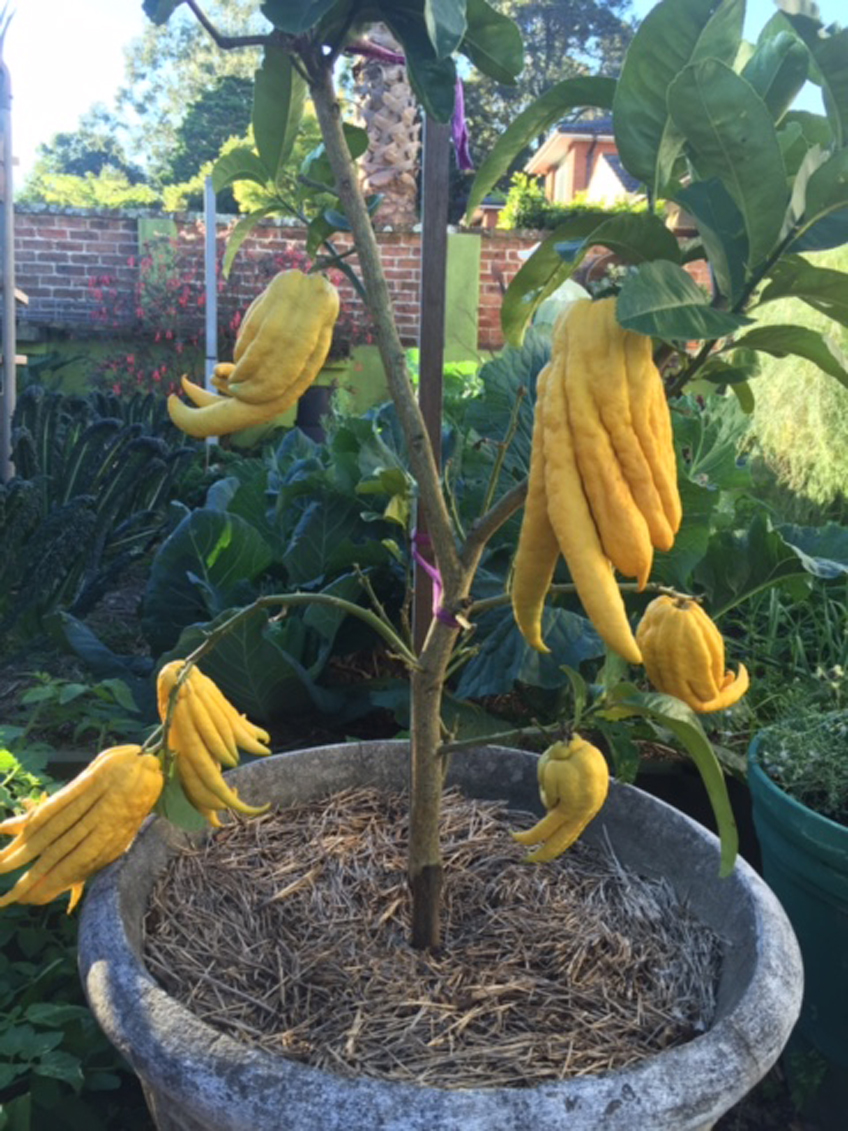
Buddas hand citrus. Photo - Graham Ross
Garden News
Glyphosate safe to use
Dr Matthew O’Mullane, Director of the Chemical Review program at the Australian Pesticides and Veterinary Medicines Authority, joined me on air to discuss
the decision taken by the APVMA to declare glyphosate as safe to use.
The current assessment by the APVMA, the authority responsible for regulating agricultural chemicals, is that products containing glyphosate are safe to
use as per the label instructions. Concerns have been raised in recent years about human exposure to glyphosate, following an International Agency
for Research on Cancer (IARC) assessment which has classified glyphosate in a group of chemicals that is ‘probably carcinogenic to humans’.
However, a meeting last month of experts at the World Health Organisation headquarters has concluded that glyphosate is unlikely to pose a carcinogenic
or genotoxic risk to humans.
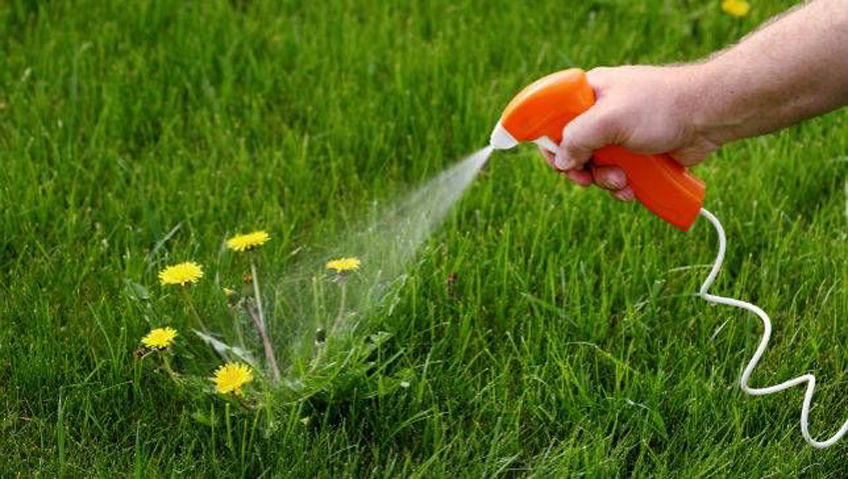
APVMA have declared glyphosate as safe to use, but only if directions are strictly followed. Photo - B.Brown / Shutterstock
Glyphosate is a broad-spectrum herbicide which works by inhibiting an enzyme found in plants. There are around 500 products containing glyphosate registered
for use in Australia. Glyphosate has been registered for use for over 40 years.
All chemical products have instructions for safety and use on the label. The labels on glyphosate products are there for your safety and provide practical
information on how to use each product.
Always read the label instructions and use only as directed. People should follow the use and safety instructions on all chemical product labels as these
are designed to reduce human exposure to the chemical product. If the label has been removed or damaged, you can search the APVMA’s chemical database to find the safety information about registered products and permits.
Based on current risk assessment the label instructions on all glyphosate products—when followed—provide adequate protection for users. Any
supplementary advice proposed by any other jurisdiction does not replace or override the directions for use on the product label—these directions
are based on a scientific risk assessment and are legally enforceable.
Meet Kate Grace
John Mason & staff at ACS were thrilled to hear that an Australian has yet again been part of achieving a Gold medal at this year's Chelsea Flower
Show.
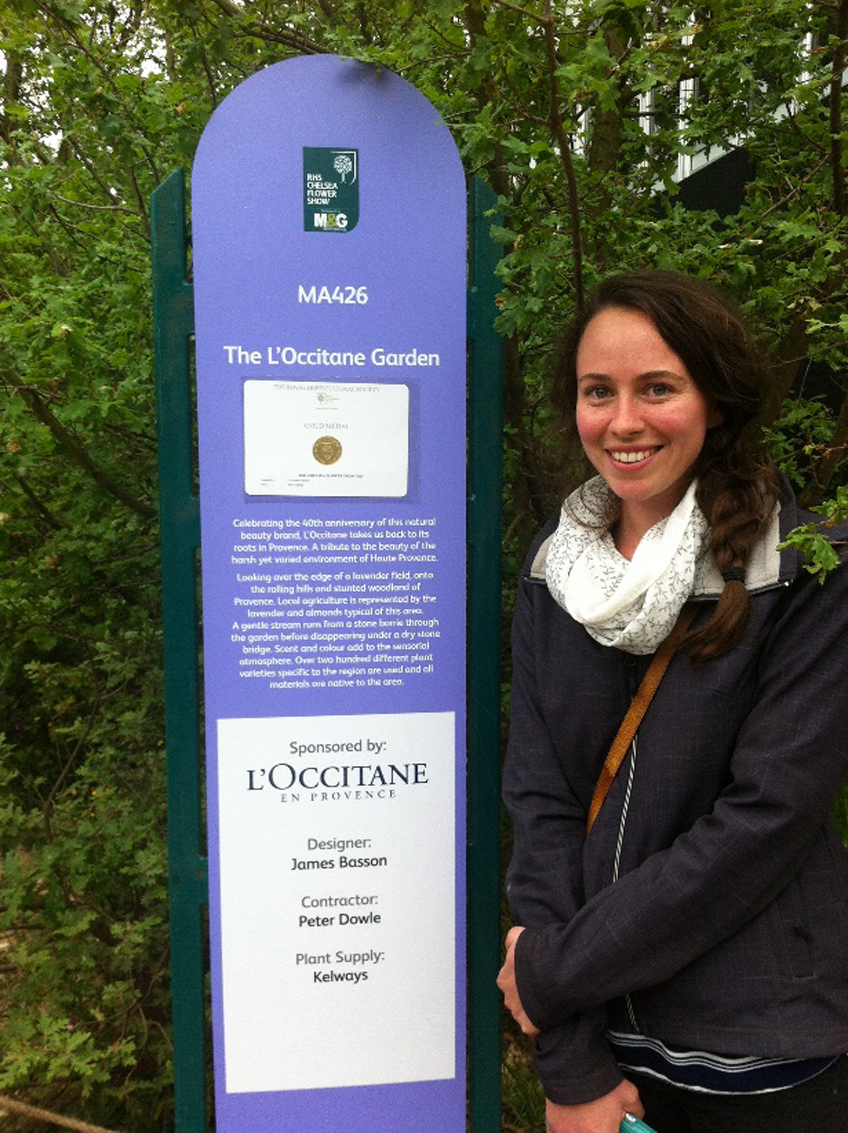
Meet Kate Grace. 2013/14 Sir John Pagan award for Horticulture winner, and member of the gold-medal winning team on the L'Occitane Garden at Chelsea this year.
Kate Grace is a real beacon for young people looking to enter horticulture as a profession. She won the Sir John Pagan award for Horticulture, 2013/14
with the Australian Institute of Horticulture and BBM Youth Support. She has initiated the "Young Hort" organisation in Australia to promote horticulture
to young people, and is a member of the newly formed Australian Garden Council board. To top it all off, she worked on a Gold medal stand at Chelsea
just a few weeks back.
Kate has just returned to Australia with photos and stories to tell. Look out for her article in Home Grown Magazine. And you can catch up on Kate's travels
by reading her blog, Traveling Horticulturist on BlogSpot.
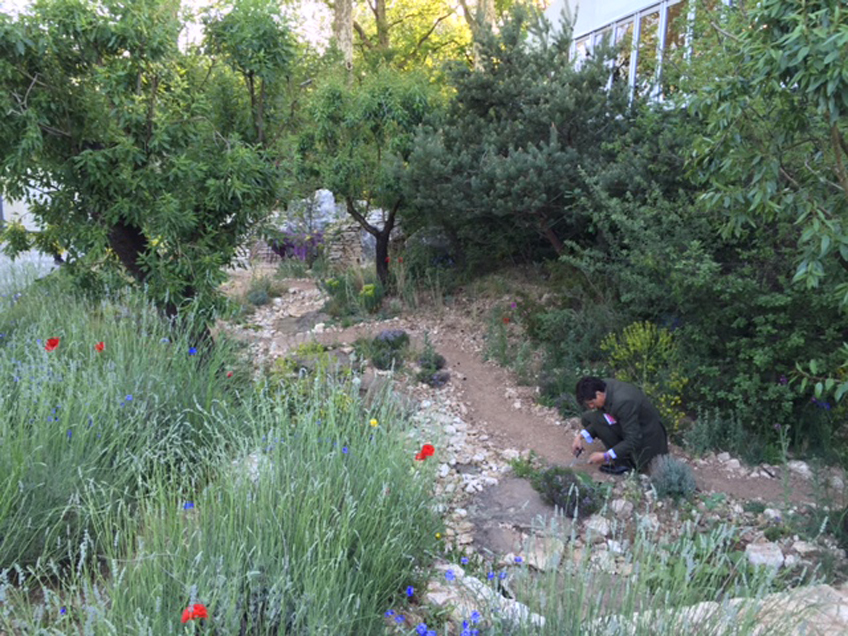
Part of the gold-medal winning L'Occitane Garden at the 2016 Chelsea Flower Show. Photo - Graham Ross
Come away with us
Japan in Spring
Follow the cherry blossom trail as it blooms across Kyoto, Kanazawa, Nikko and Tokyo on a 15-day tour that will take you inside Japan’s great gardens. You’ll meet some of the masters of Japanese horticulture, and
experience that fascinating mix of ancient serenity and eye-popping modernity that makes Japan such an exciting destination.
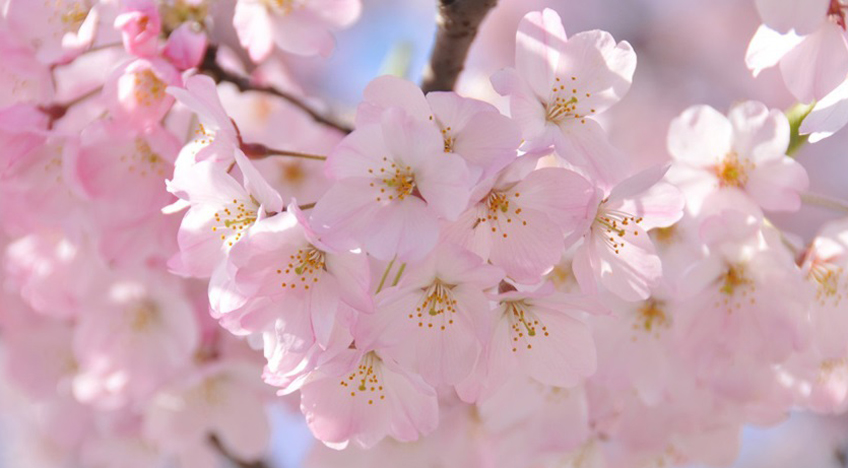
for the most impressive cherry blossom display in the world it has to be Japan in spring
For more information on this incredible tour go to the Ross Tours website, or call Royce or Roslyn at Ross Tours to reserve your place on 1300 233 200 for more details on the tour.